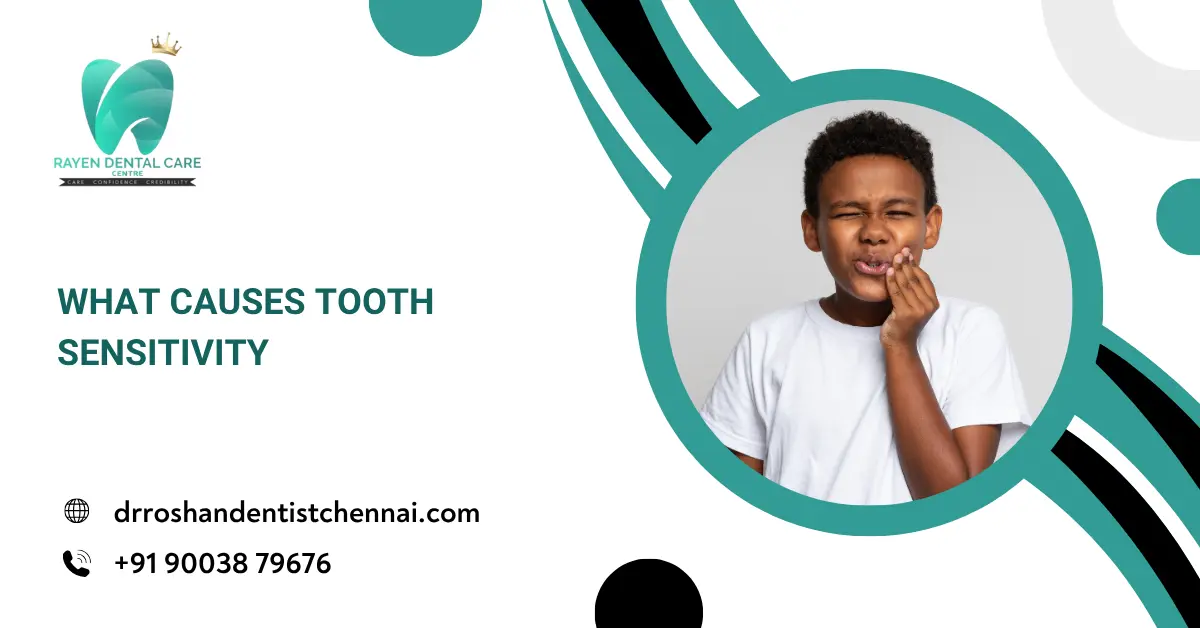Periodontal treatment, encompassing gum disease therapy through deep cleaning and grafting, plays a critical role in maintaining oral health for both children and adults. Periodontal diseases like gingivitis and periodontitis can cause severe damage to gums, teeth, and supporting bone structures. Early intervention is essential to prevent complications like tooth loss and systemic health issues. Deep cleaning procedures, such as scaling and root planing, effectively remove plaque and tartar buildup, mitigating inflammation and infection risks. Gum grafting addresses issues like gum recession, reinforcing oral tissues and protecting exposed roots. Regular periodontal treatments not only ensure dental longevity but also significantly enhance overall health by preventing the spread of infection to other body systems.
Periodontal Deep Cleaning
Periodontal deep cleaning, or scaling and root planing, is essential for treating gum disease at its initial stages. The procedure involves meticulously removing accumulated tartar and plaque from below the gum line, areas typically unreachable by regular brushing and flossing. Suitable for both adults and children, it significantly reduces inflammation and prevents further progression of gum disease.
- Procedure Details: Periodontal deep cleaning starts with thorough scaling, where specialized instruments are used to gently eliminate plaque and tartar deposits beneath the gum line, ensuring no residue remains to harbor bacteria. Next, root planing smooths rough areas on tooth roots, facilitating a firm reattachment of gums, thereby restoring periodontal health effectively.
- Benefits: Regular deep cleanings significantly improve gum health, reducing symptoms such as bleeding, swelling, sensitivity, and inflammation. Children benefit immensely by establishing healthy dental hygiene practices early in life, preventing chronic periodontal conditions. Adults effectively control existing gum diseases, improving overall oral hygiene and reducing future dental interventions.
Gum Grafting Treatment
Gum grafting is a specialized surgical procedure aimed at correcting gum recession, a common condition affecting adults and occasionally children. Gum recession exposes tooth roots, leading to sensitivity, decay, and aesthetic concerns. Grafting restores protective gum tissue, promoting oral health and comfort.
- Procedure Details: Gum grafting involves harvesting tissue from the palate or using suitable donor tissue, strategically attaching it to areas experiencing recession, thus effectively covering exposed roots. Performed under local anesthesia, this precise surgical intervention ensures minimal discomfort, providing stable protection for teeth and enhancing gum aesthetics.
- Benefits: Gum grafting significantly reduces tooth sensitivity, halting further gum recession and preventing future oral health complications. Early intervention in children establishes optimal gum health that persists into adulthood. Adults benefit from immediate improvements in appearance, long-term periodontal stability, and enhanced oral comfort.
Gum Disease Therapy
Comprehensive gum disease therapy addresses various stages of periodontal conditions, from mild gingivitis to advanced periodontitis, in adults and children alike. Treatment involves both nonsurgical and surgical methods aimed at halting disease progression and restoring oral health.
- Procedure Details: Gum disease therapy begins with a detailed periodontal assessment, thoroughly evaluating the severity and extent of gum disease, ensuring accurate diagnosis and tailored treatment. Treatment options include scaling, root planing, antimicrobial treatments, and surgical interventions for advanced cases, customized precisely according to patient-specific requirements.
- Benefits: Prompt gum disease therapy prevents irreversible dental damage, including tooth and bone loss, significantly preserving oral functionality and health. For children, early treatment averts potential chronic periodontal issues, establishing foundational oral health. Adults experience enhanced confidence through improved periodontal health, significantly reducing systemic health risks associated with chronic inflammation.
Periodontal Scaling Procedure
Periodontal scaling is a critical preventive and therapeutic procedure utilized in gum disease management. It involves carefully removing hardened tartar deposits, essential for maintaining healthy gums and teeth in both children and adults, preventing further periodontal deterioration.
- Procedure Details: During scaling, dental hygienists meticulously use ultrasonic instruments or manual scalers to thoroughly remove tartar deposits, effectively cleaning teeth surfaces above and below the gum line. This comprehensive procedure significantly reduces gum inflammation, bacterial load, and the likelihood of periodontal disease progression, ensuring oral health maintenance.
- Benefits: Regular periodontal scaling ensures sustained oral health and hygiene by preventing tartar accumulation and associated gum disease. Children undergoing periodic scaling develop enduring dental hygiene habits, drastically reducing future oral health complications. Adults benefit from effective management of existing periodontal conditions, significantly curbing the progression toward severe gum diseases.
Gum Recession Repair
Gum recession repair procedures address the progressive loss of gum tissue, exposing sensitive tooth roots. This condition affects both adults and children, often resulting from aggressive brushing, gum disease, or genetic predisposition. Early repair restores protective gum tissues, enhancing oral health.
- Procedure Details: Recession repair typically involves advanced techniques such as gum grafting or minimally invasive pinhole surgical methods, precisely repositioning existing gum tissue or integrating graft material. These procedures efficiently restore gum line coverage, minimize postoperative discomfort, and yield lasting protective and aesthetic results.
- Benefits: Prompt gum recession repair substantially reduces tooth sensitivity and lowers risks of tooth decay and periodontal disease. Early interventions in children promote optimal oral health development and prevent lasting periodontal damage. Adults witness considerable improvements in dental aesthetics, enhanced oral comfort, and long-term periodontal health stability.
Conclusion
Periodontal treatment, including deep cleaning and gum grafting, is vital for safeguarding oral health across all ages. Early intervention through regular periodontal therapy effectively prevents severe complications such as tooth loss and systemic health concerns. Rayen’s Dental Clinic specializes in advanced periodontal procedures, ensuring exceptional care and comprehensive management of gum health for both children and adults. Prioritizing periodontal treatment preserves dental functionality and significantly enhances quality of life through improved oral hygiene and aesthetics. Schedule your periodontal assessment with Rayen’s Dental Clinic to maintain optimal gum health and enjoy a confident, healthy smile.
Read also: Non-Surgical Gum Therapy





